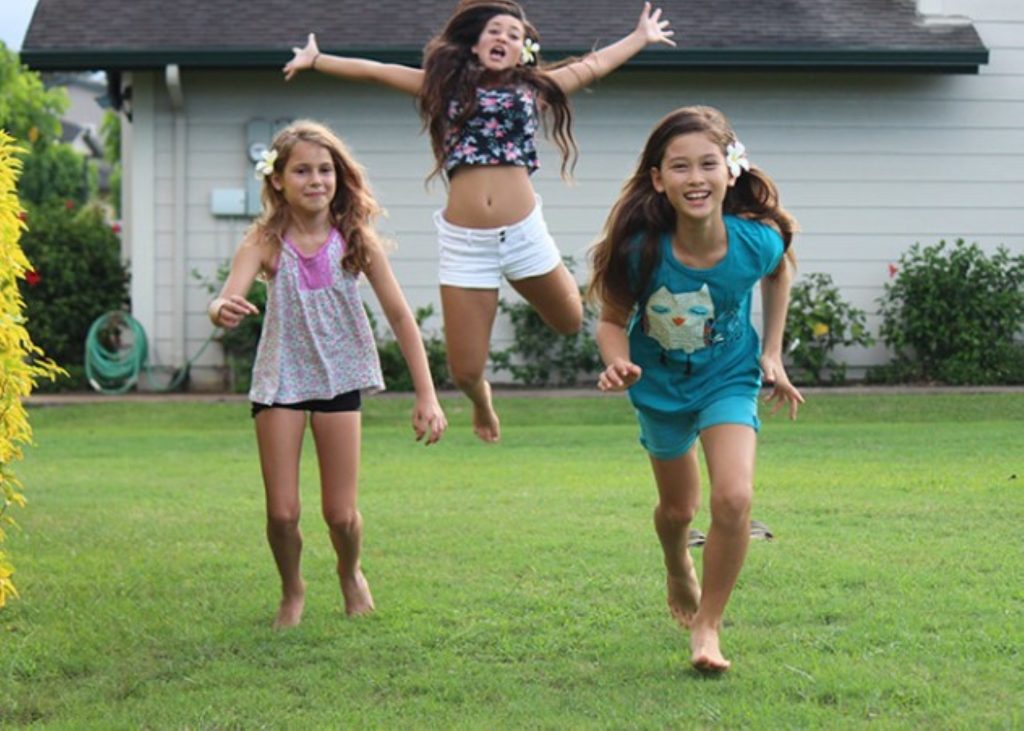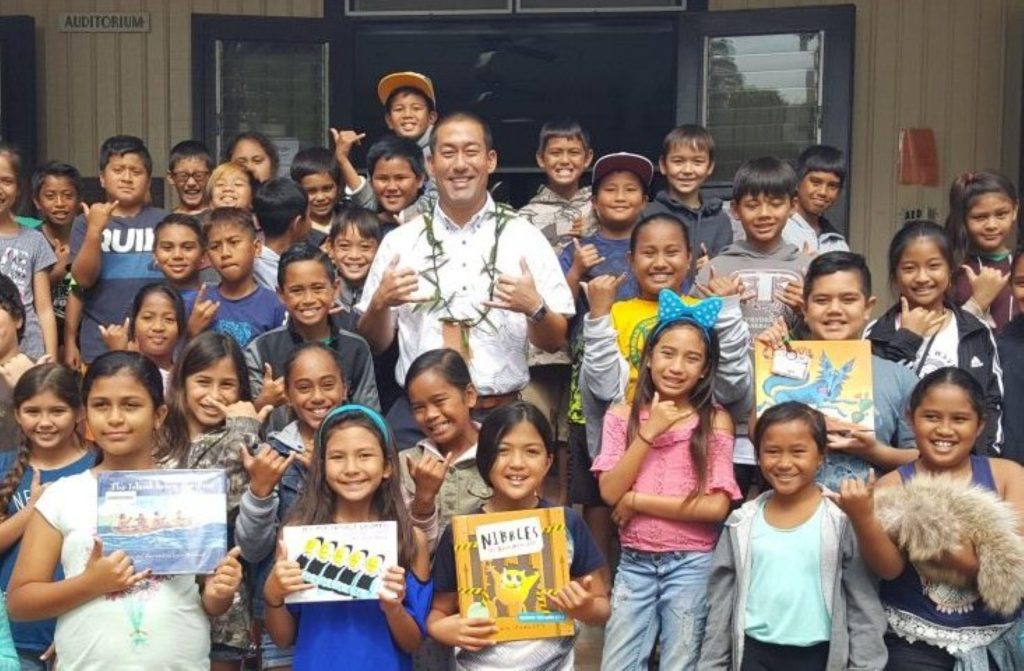Latest edition of Kaua‘i Youth Report now available for public review
The latest edition of the Kaua‘i Youth Report — which Kaua‘i Planning & Action Alliance has published since 2012 — is now available to the public.
It offers a snapshot of how Kaua‘i’s young people are doing from birth to workforce entry, summarizing the state of the island’s keiki and young adults across a broad spectrum of measurements and revealing weaknesses and strengths in comparison to statewide indicators.

“This report was designed to be a resource for everyone who shares responsibility for the future of Kaua‘i’s keiki,” said Kaua‘i Planning & Action Alliance Executive Director Alice Luck in a release announcing the report’s public release. “Our goal is not only to present data but to make it meaningful and actionable, offering insights that can be applied in homes, classrooms, community programs and policy decisions alike.”
The 2022 edition added new indicators on the physical, mental and emotional health of island youth, highlighting social-emotional well-being and the social determinants of health.
Data included:
- Physical health and risk behaviors (such as physical activity, screen time, substance use, and sexual activity).
- Social and emotional health (adult relationships, abuse and neglect, bullying, depression and suicide).
- Academic performance (absenteeism, test scores, preschool participation).
- College and career readiness (credential completion, college enrollment and youth not in school or working).
The 2025 report goes even further, weaving early childhood — prenatal to keiki age 5 years old — indicators along with reflections from community members and spotlighting promising community practices that support youth well-being.
This report is intended to be hopeful, anchored in Kaua‘i’s strengths and shaped by cross-sector collaboration with a unifying call to action rooted in local solutions.

Encouraging data points worth highlighting include:
- Drops in child maltreatment (down to 4% from 6% in 2022) and suicide (down to 2.4% from a peak of 12.1% in 2017 among middle-schoolers).
- Kaua‘i leading the state in preschool participation (55.8%) and gains in school attendance compared with previous years (75% in the 2023-24 school year compared with 67% in 2021-22).
- Reported substance abuse among Kaua‘i middle and high school students is also lower than statewide averages.
Areas for improvement include bullying at school, which rose in recent years, and economic pressures also contribute to increasing instability and anxiety for local families.
While a comparatively low percent of children on Kaua‘i are living below the federal poverty level (7% vs. 11.4% statewide), more than half of Kaua‘i parents, or 51%, report that financial strain is a major source of stress in their lives.
The report also finds 34.4% of Kaua‘i families work hard and earn money, but still don’t make enough to cover essentials like rent, food or child care.
Findings include 32% of Kaua‘i households are at risk of homelessness, meaning they could lose housing within 3 months if their primary income stopped — often called “precariously housed.”
With an overall 24% of families reporting that unstable housing is a major source of stress, this, too, affects children’s health, learning, and overall ‘ohana stability.
“For parents and caregivers, the report underscores how the conditions surrounding families — financial security, safe housing, access to health care and opportunities for growth — directly shape the well-being of the next generation,” said Luck. “For community leaders, service providers and funders, these findings offer a clear lens on where Kaua‘i is making progress and where urgent challenges remain.”
The full report can be viewed and downloaded here.







